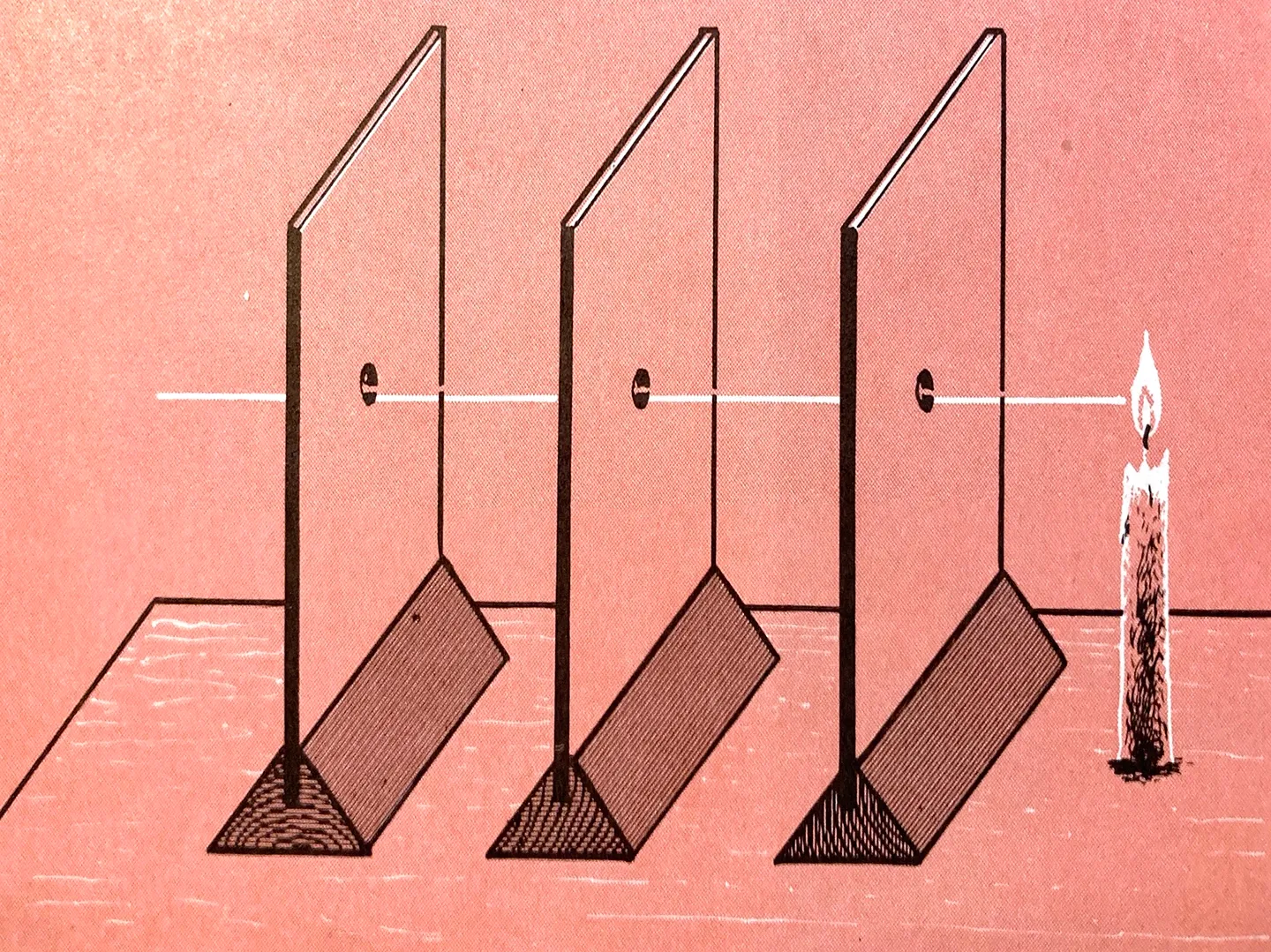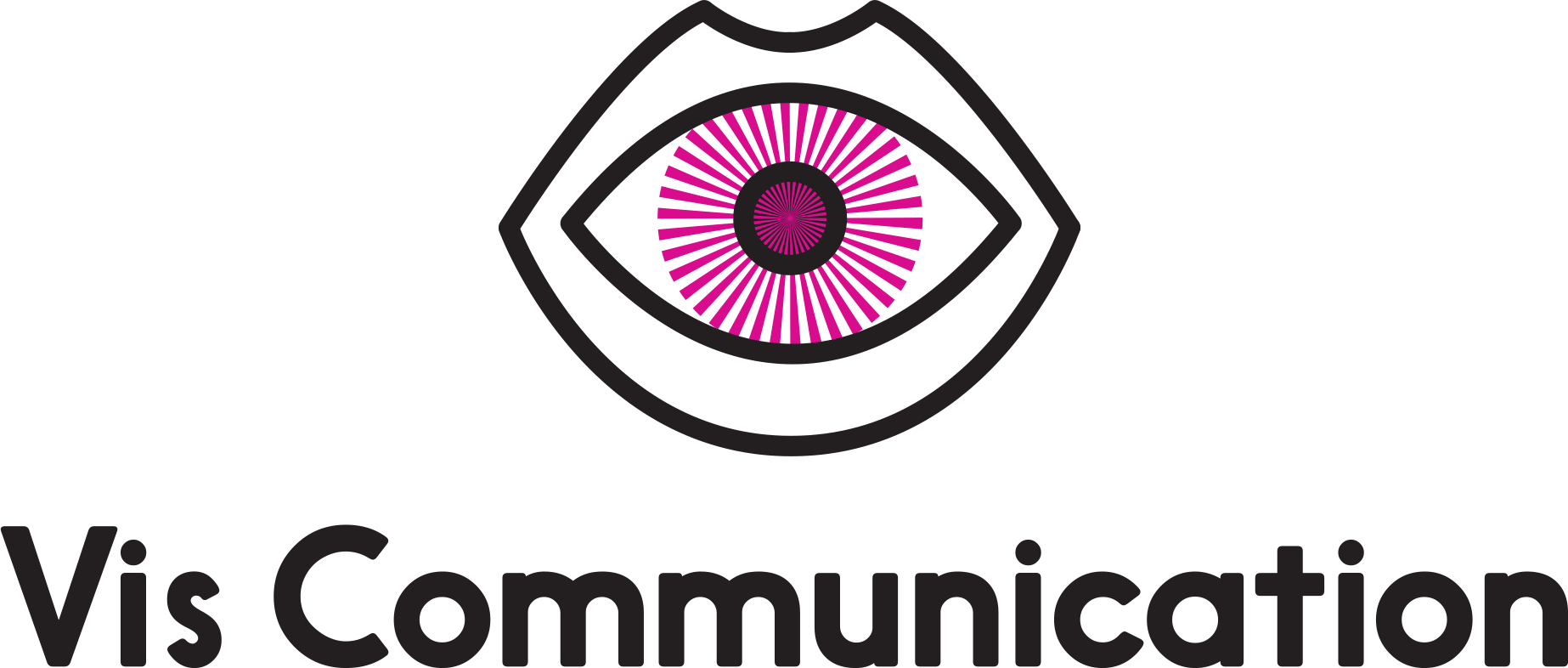Show & Tell
The most asked questions I've seen about portfolios, especially if (but not limited to) you're just getting started in your design career.

At the end of every year, I like to update my design portfolio. Around the holidays I've got some time off, and it's a nice moment to look back over the year and pick a few projects to add in. It's certainly less overwhelming than trying to completely overhaul the whole thing. It's a habit I would encourage.
According to my poll, I seem to be in the minority. Kudos to those folks updating throughout the year. The rest of you are giving me anxiety.

If you're a newer designer, you may have to start from scratch, but if you edit it every year after that, you'll find it's much easier to keep up with. I see a lot of posts from new designers asking for portfolio feedback or what people hiring are looking for. Everybody is looking for something slightly different. Here are my portfolio tips.
- Do not include more than 15 projects. Nobody wants to read War & Peace. Also, if you're starting out, don't feel like you need 15 items. If you have 8 or 5 good things to show, that's great. Don't fill it up just to hit a number. The number is not magic.
- Include relevant projects that may not be graphic design. Do you like photography or writing or illustration? It's cool to include a couple projects that show that. Even if the job won't include you shooting photography, for example, it shows that if you need to hire a photographer or art direct a shoot, you know the ins and outs of what's involved. Something like writing or illustration could be a great add-on. Only include it if you're willing to do it.
- If your social media has relevant content, I love to see it. I often visit the social feed of both graphic designers and photographers to check out their more personal projects. Sometimes this has sold me on a photographer where I found their personal work even more interesting than their commercial portfolio. If your social feed is more personal content, don't feel required to include it.
- The kind of work you show is the kind of work you'll be considered for. So, if you want to work on logo or branding projects, include that. If you want animation jobs, include that. If you're not sure yet, you can have a portfolio with a range of projects, but whatever you include, people viewing it will assume you want to do that kind of work.
- Showcase concept. If you have a really beautiful design for a brochure, that's good. If you can show the overall concept or idea behind the brochure and how you expressed it, that's great. Ideas > Design
- I don't really care if you went to a prestigious design school or not. Your work will speak louder than your alma mater. If you're self taught, that's OK too. But make sure along with learning the programs that you're also educating yourself on art and design principles and history. Two great resources for history that are inclusive are The People's Graphic Design Archive and BIPOC Design History.
- Show your process. Especially (but not limited to) if you're starting out in your career and not feeling like you have enough to show. Did you sketch? Did you have a brainstorm? Did you create a moodboard? Did you do some research? How you got to the end result is cool to see.
- What format should I use? Generally, you want to be able to send a link for someone to view the portfolio. Choose a portfolio hosting site that you find is easy to use and you'll be more likely to keep it updated. If web design and/or dev is your thing, it's nice if you have a site you built, but only do it if you have the time to maintain it. If for any reason you don't want your projects living out on the interwebs, it's also perfectly fine to send a pdf. A pdf can also be useful if you want to make custom portfolios for certain jobs. Just make sure it's not too big a file size that it's cumbersome for the person viewing.
What other questions do you have? Drop them in the comments.

